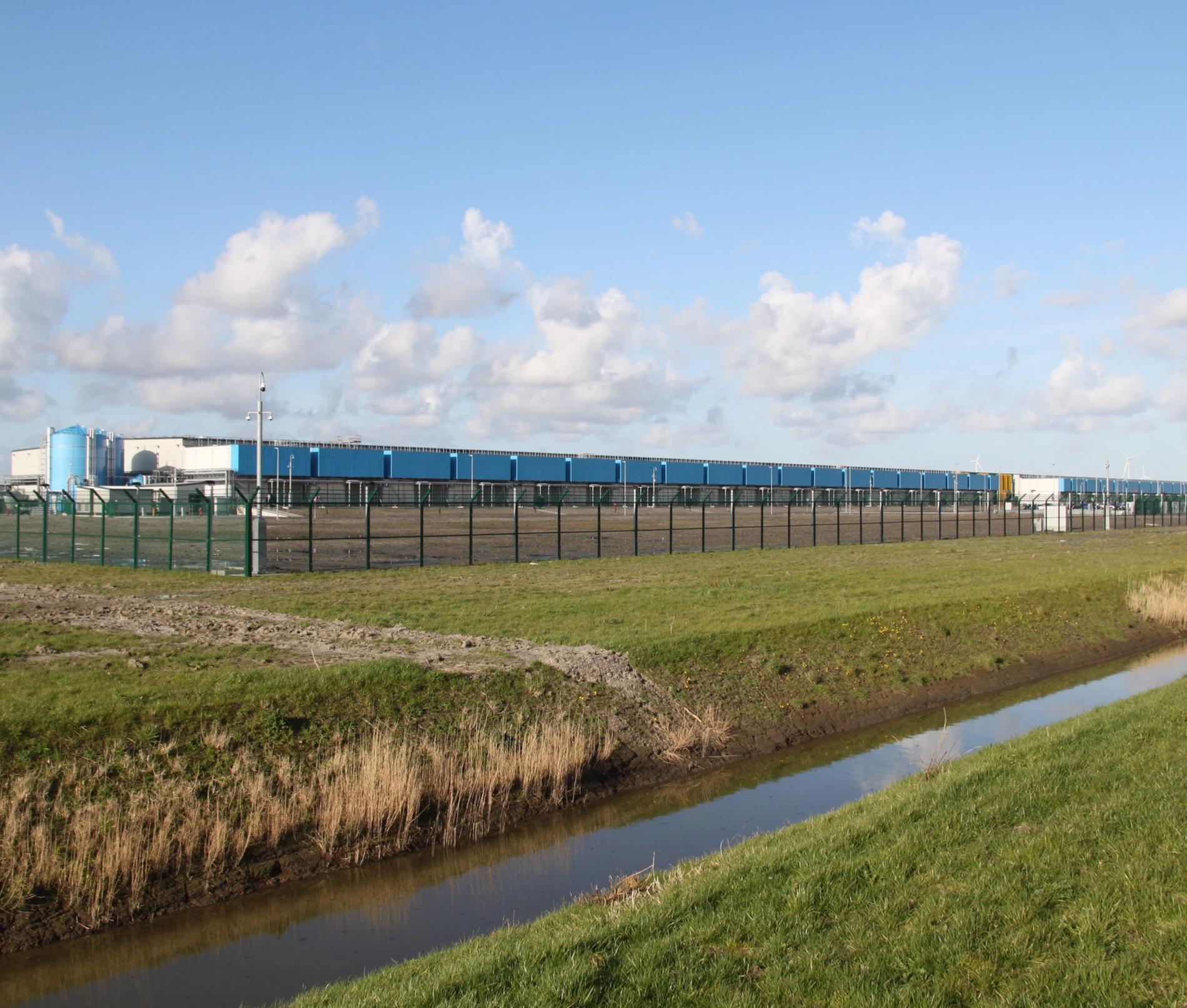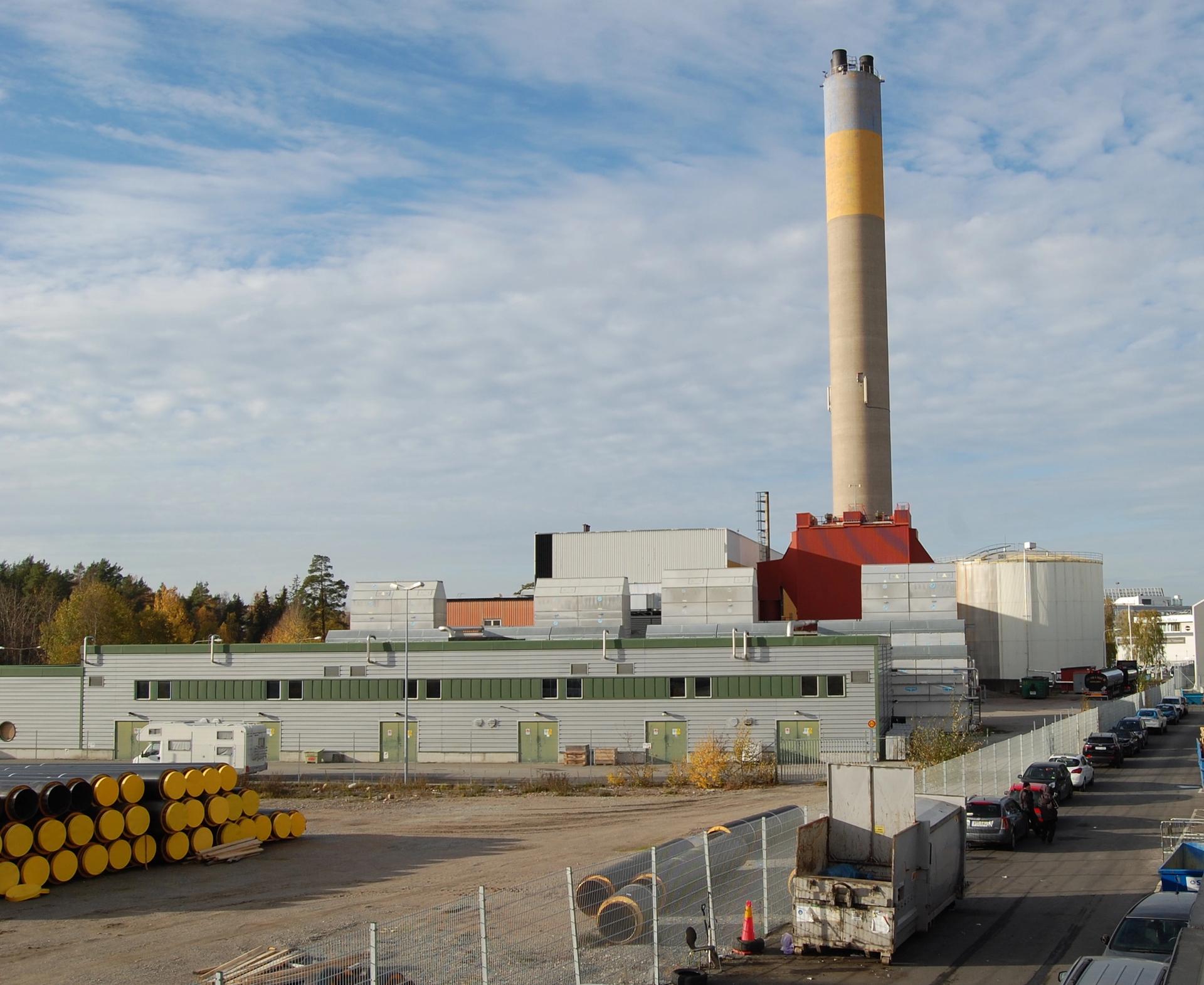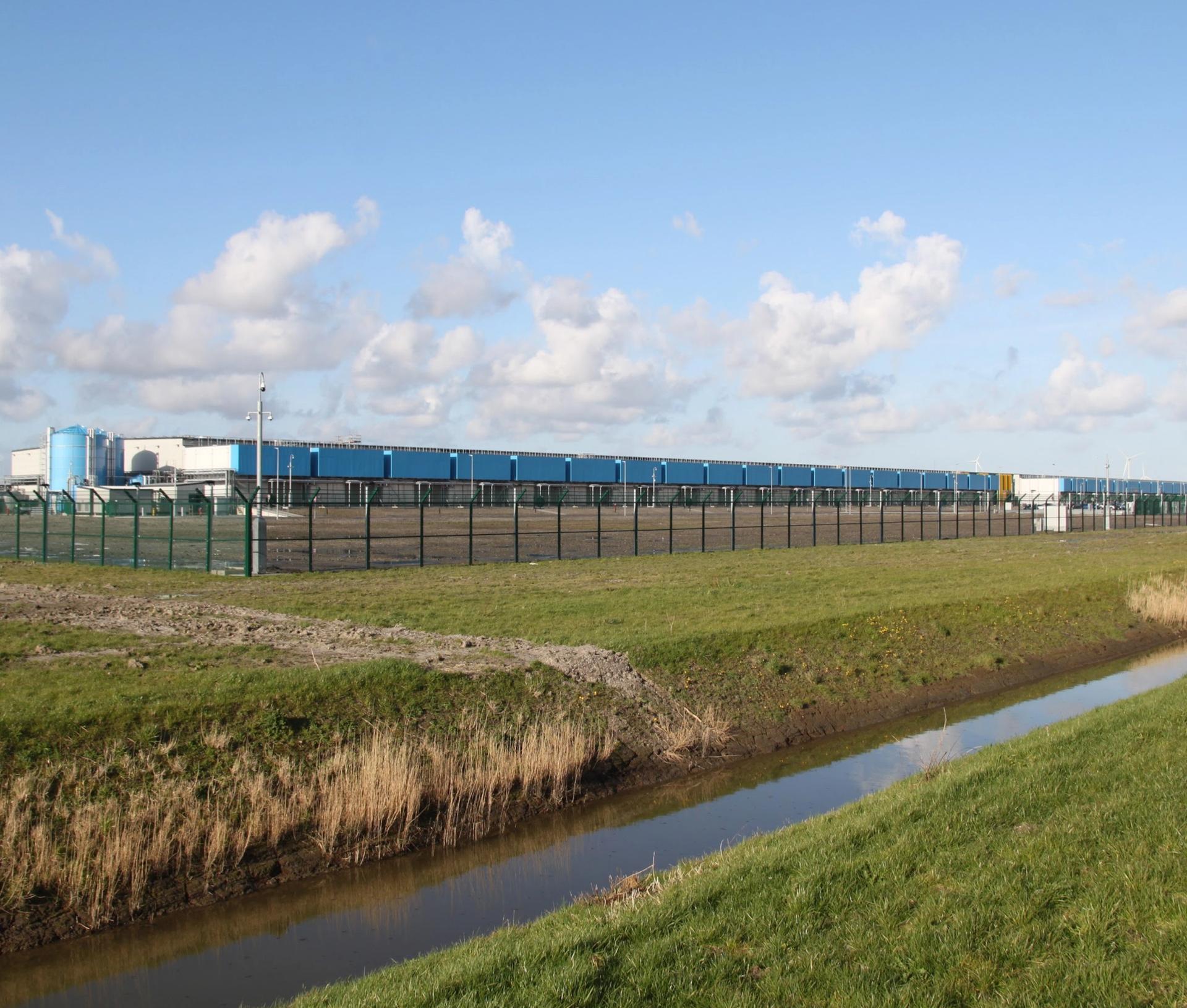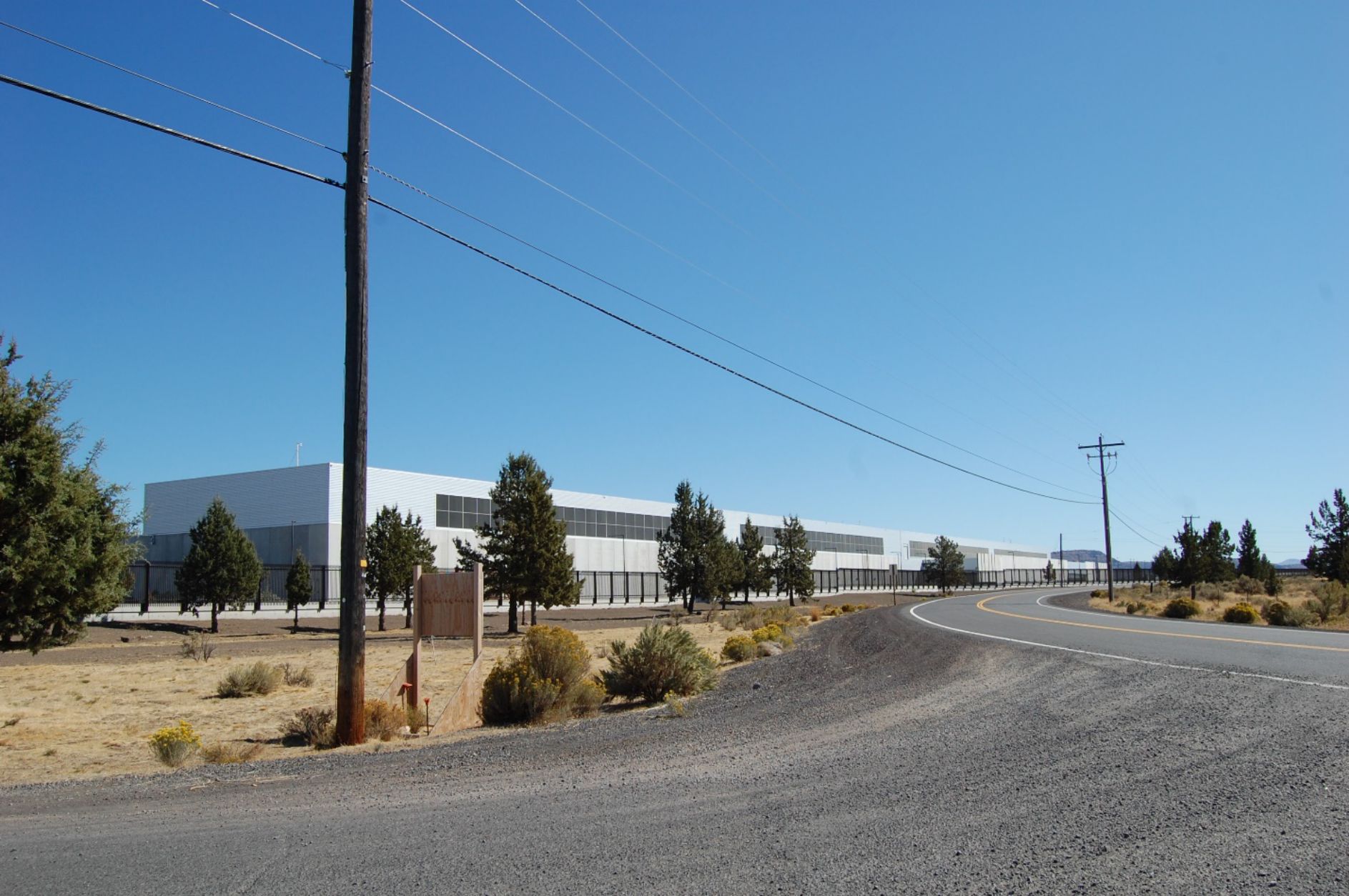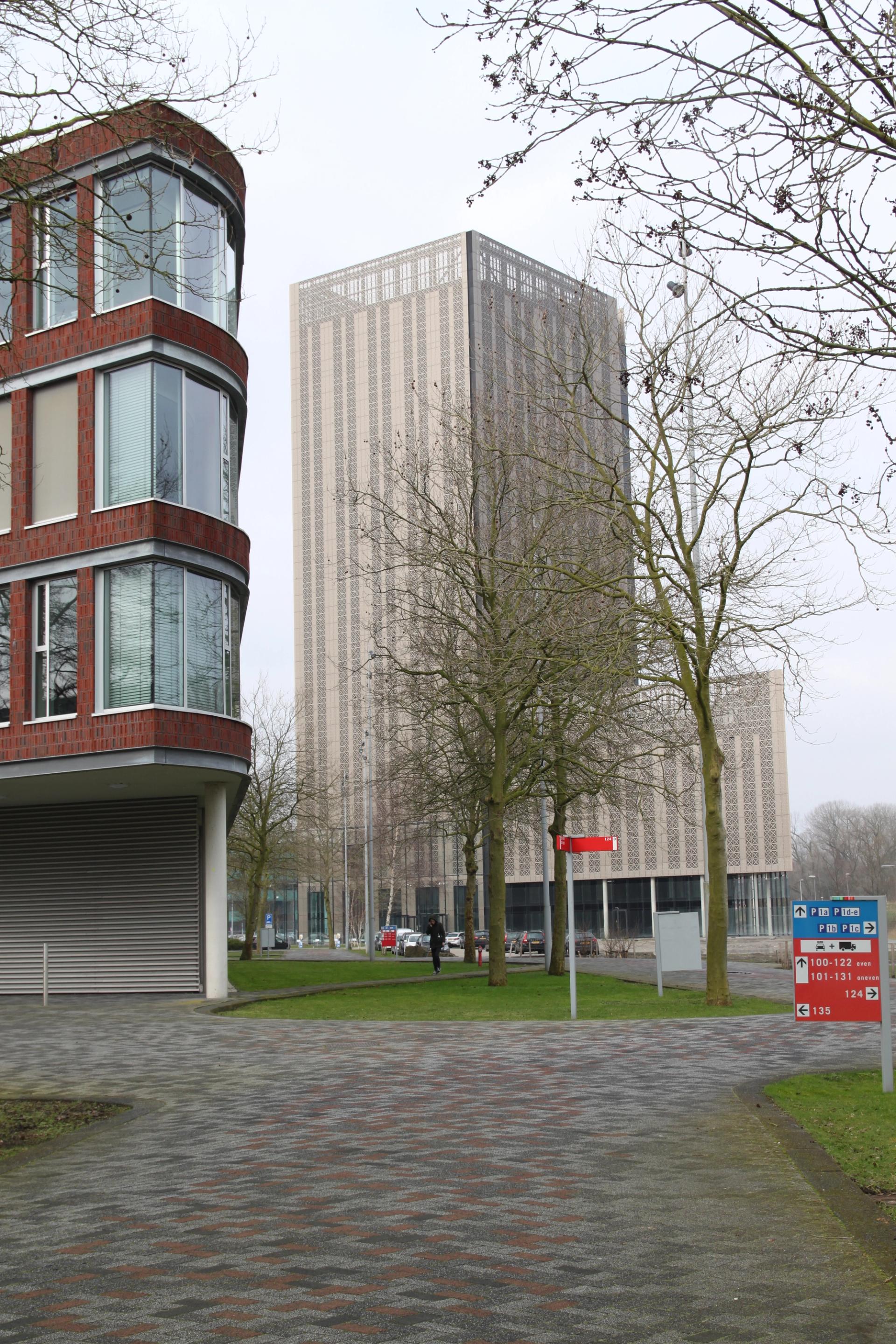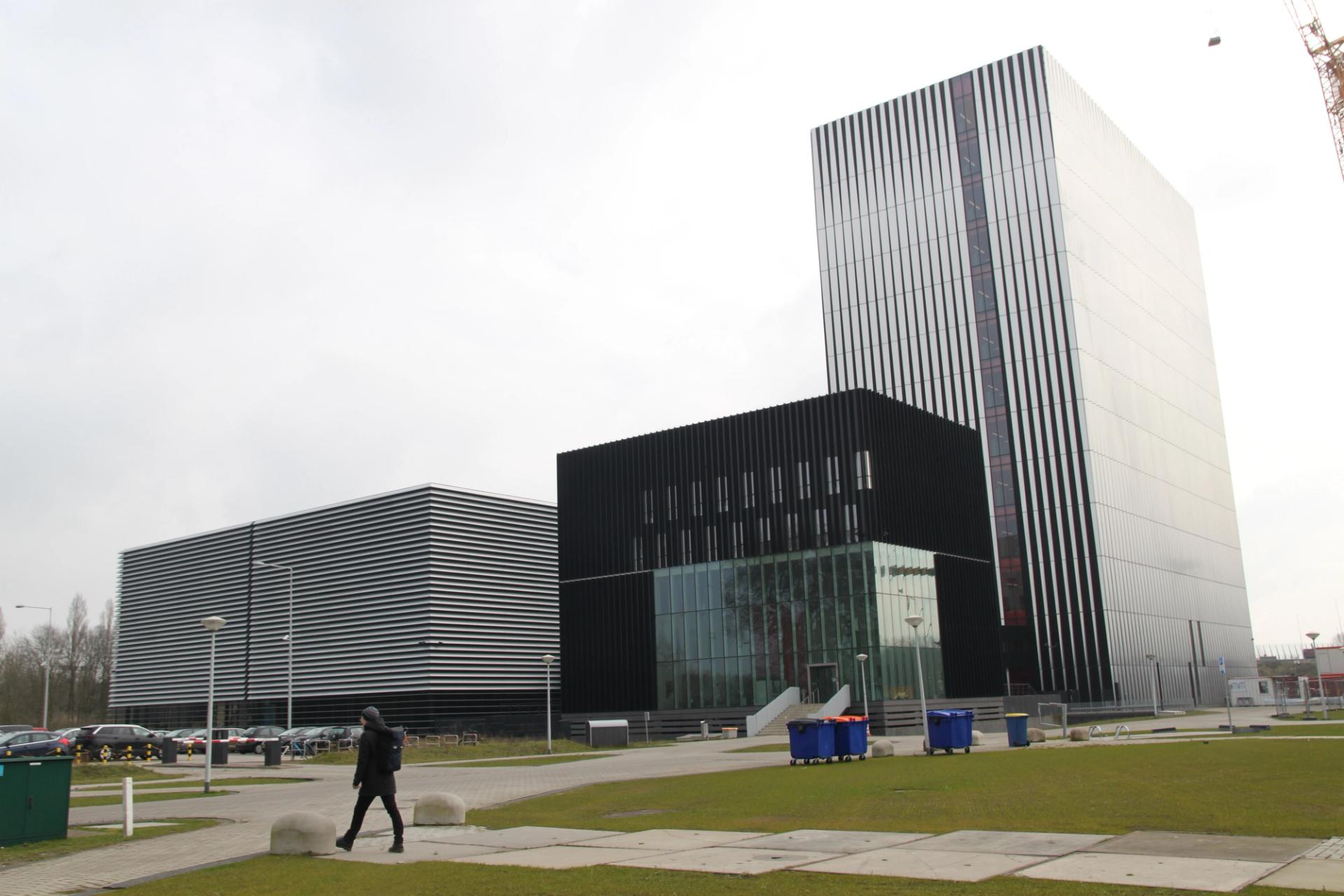Data Centres: New Pieces of the Energy LandscapeFanny Lopez
Fred Turner, From Counter culture to Cyberculture: Stewart Brand, the Whole Earth Network, and the Rise of Digital Utopianism (University of Chicago Press, 2006).
Antoine Picon, La ville territoire des cyborgs (Les éditions de l’imprimeur, 1998) 41.
Thomas Parke Hugues and Renate Mayntz, eds., The Development of Large Technical Systems (Campus Verlag, 1988).
Data centres, which are the central infrastructure of the digital technical system, are hosting buildings that receive a group of digital infrastructures (computing, storage, transport and data interconnection equipment). They are equipped with cooling and heat recovery systems as well as backup equipment: batteries, inverters and power generators. A data centre can contain different technologies depending on application needs, for example, computing servers for high-performance computing centres, storage arrays or network equipment for telecom operator centres (like meet-me-rooms in which all the telecom operators are connected). Although digital storage infrastructures are sometimes added to an existing system, they can also ‘replace’ older infrastructures (like the telephone exchanges).
Stephen Graham, ‘Global Grids of Glass: On Global Cities, Telecommunications and Planetary Urban Networks’, Urban Studies 36 (1999): 929–49. Stephen Graham and Simon Marvin, eds., Splintering Urbanism: Networked Infrastructures, Technological Mobilities and the Urban Condition (Routledge, 2001). Jonathan Rutherford, A Tale of Two Global Cities: Comparing the Territorialities of Telecommunications Developments in Paris and London (Ashgate, 2004). Jonathan Rutherford, ‘Networks in Cities, Cities in Networks: Territory and Globalisation Intertwined in Telecommunications Infrastructure Development in Europe’, Urban Studies 42, no. 13 (2005): 2389–406.
Daniel Schiller, Digital Capitalism: Networking the Global Market System (MIT Press, 1999). Gabriel Dupuy, Internet: Géographie d’un Réseau (Ellipses, 2002).
Sarah Brayne, Predict and Surveil: Data, Discretion, and the Future of Policing (Oxford University Press, 2021).
Lenny Siegel and John Markoff, The High Cost of High Tech: The Dark Side of the Chip (Harper & Row, 1985). Deloitte DD, EcoInfo, Futuribles, CREDOC, Potential Contribution of Digital Technology to Reduce Environmental Impacts: State of the Art and Challenges for Foresight, ADEME report, 2016.
Indeed, most studies in this field are not sufficiently documented, as noted by researchers at the INRIA in 2016. Deloitte DD et al., Potential Contribution of Digital Technology.
Rem Koolhaas, ‘Brave World: People, Places, Technology’, Flaunt Magazine 145, 2016.
Fanny Lopez, ‘A “Common Ghost”? The Obsolescence of the large Parisian Telephone Exchanges’, New Geographies 12: Commons (June 2021).
Interview with Phil Stenbeck, Prineville planning director, September 27, 2017.
In the ADEME report, we presented some initiatives focused on a distributed internet and storage systems on a smaller scale consuming less energy, but this is not the major trend.
The Power Usage Effectiveness (PUE) indicator is used to qualify the energy efficiency of an IT operations centre.
Anders S G Andrae and Tomas Edler, ‘On Global Electricity Usage of Communication Technology: Trends to 2030’, Challenges 6 (2015): 117–57.
Association négaWatt, négaWatt Scenario 2017–2050 (2017), https://negawatt.org/IMG/pdf/181128_negawatt-scenario_eng_12p.pdf (see page 8).
See also: Hugues Ferreboeuf, ed., Lean INC: Pour une sobriété numérique (The Shift Project, October 2018).
Municipality of Amsterdam and Liander, Thematische studie elektriciteit Amsterdam (March 2019).
Ruimtelijk economische ontwikkel strategie, Ruimtelijke Strategie Datacentres Routekaart 2030 voor de groei van datacentres in Nederland (March 2019).
Cécile Diguet and Fanny Lopez, The spatial and energy impact of data centers on the territories, ADEME Report, 2019.
Fanny Lopez, Dreams of Disconnection: From the Autonomous House to the Self-Sufficient Territories (Manchester University Press, 2021).
